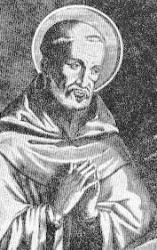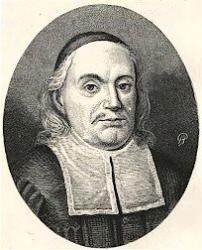Scripture References:
st. 1 = Matt 27:29, Mark 15:17-18, John 19:2-3, Isa. 53:3-5
Originally from a Latin poem beginning "Salve mundi salutare" and attributed to either Bernard of Clairvaux (twelfth century) or Arnulf von Loewen (thirteenth century), "O Sacred Head" is one of seven sections to be used for meditation during Holy Week. Each section focuses on one aspect of Christ's dying body.
Paul Gerhardt (PHH 331) translated the seventh section ("Salve caput cruentatum"), which addresses Christ's head, into German ("O Haupt voll Blut und Wunden"). His ten-stanza translation was published in Johann Crüger's (PHH 42) Praxis Pietatis Melica (1656).
The English translation is mainly the work of James W. Alexander (b. Hopewell, Louisa County, VA, 1804; d. Sweetsprings, VA, 1859). It was published in Joshua Leavitt's The Christian Lyre (1830) and revised by Henry W. Baker (PHH 342) for Hymns Ancient and Modern (1861). Alexander was often overshadowed by his father, the renowned Archibald Alexander, first professor at Princeton Theological Seminary. But James Alexander was also a fine preacher, teacher, and writer. He studied at New Jersey College (now Princeton University) and Princeton Seminary. Ordained in the Presbyterian Church, he alternated his career between teaching and pastoring; for two years (1849-1851) he was professor of ecclesiastical history and church government at Princeton Seminary. Alexander translated a number of hymns from Greek, Latin, and German but is mainly known today for his translation of "O Sacred Head."
"O Sacred Head" has enjoyed great popularity since 1656; the hymn appears in all modern hymnals, in many languages and translations, and with various numbers of stanzas. Deeply devotional, the text makes a very personal application of Christ's atoning death (st. 1-2) and confesses our gratitude and commitment to Christ (st. 3).
Liturgical Use:
Good Friday
--Psalter Hymnal Handbook
Hymnary Pro Subscribers
Access
an additional article
on the Canterbury Dictionary of Hymnology:
Hymnary Pro subscribers have full access to the Canterbury Dictionary of Hymnology.
Get Hymnary Pro


 My Starred Hymns
My Starred Hymns










